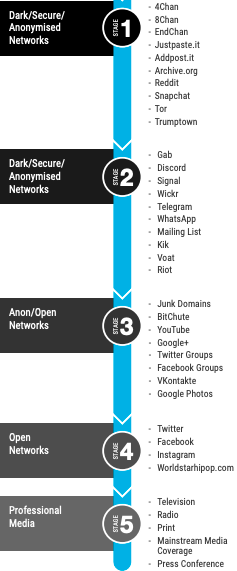
Advertisers are wittingly or unwittingly spending more than $235 million on more than 20,000 sites known to spread disinformation,
according to findings of a forthcoming report from the Global Disinformation Index (GDI).
The figure from the report, which will be published next month, was discussed Sunday morning during
a segment of CNN's "Reliable Sources."
"We took our catalog of about 20,000 sites that we've collected that we assess having a risk of disinforming the public," GDI Chief Technology Officer Danny
Rogers explained during the segment, adding: " Among those we took a sampling and measured a number of different aspects of those sites, including the traffic, the ad tech ecosystem elements in
which -- with whom they interact and we tried to make as conservative an estimate as possible on things like how much money they make per visitor and what those traffic numbers."
advertisement
advertisement
Rogers
continued that these advertisers often don't know where their ads are ending up due to the complicated nature of their programmatic ad buys, but he recommended they demand "more transparency" from the
ad-tech platforms that serve them in order to help police the publishers their ad budgets are supporting.
While GDI has not previously provided a benchmark estimate for ad spending on
disinformation sites, it published a white paper ("Cutting The Funding Of Disinformation: The Ad Tech
Solution") in May delineating how disinformation makes its way through the ad-technology ecosystem, sometimes in nefarious ways.
